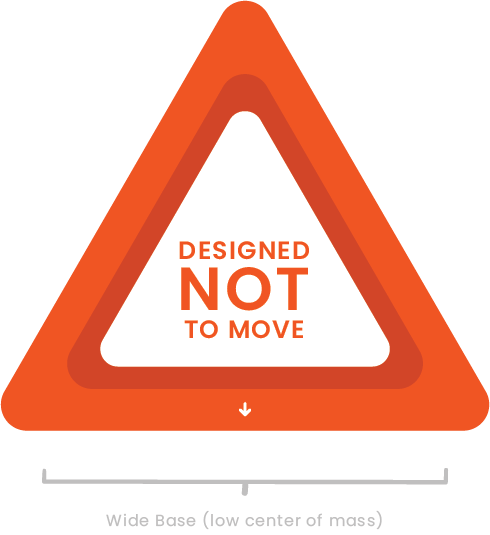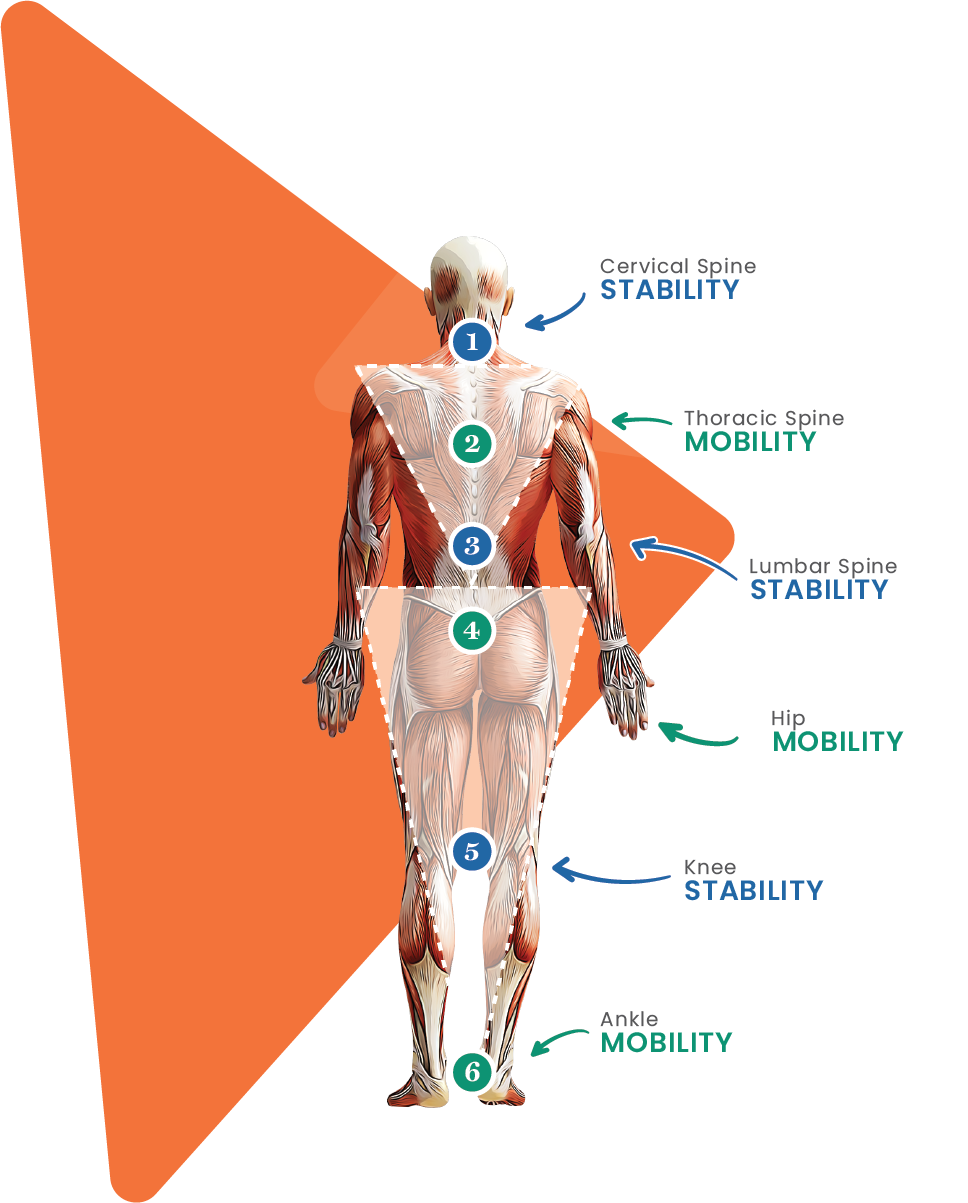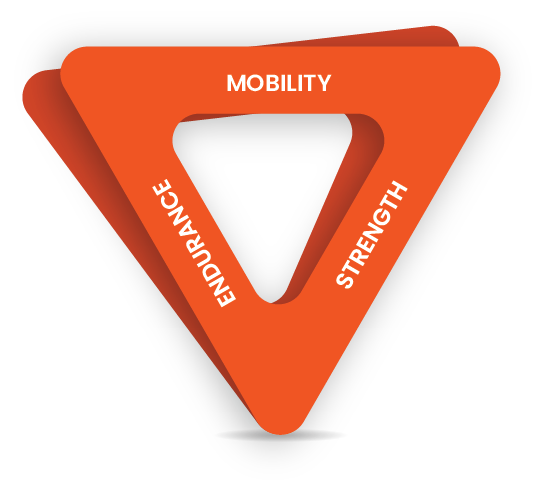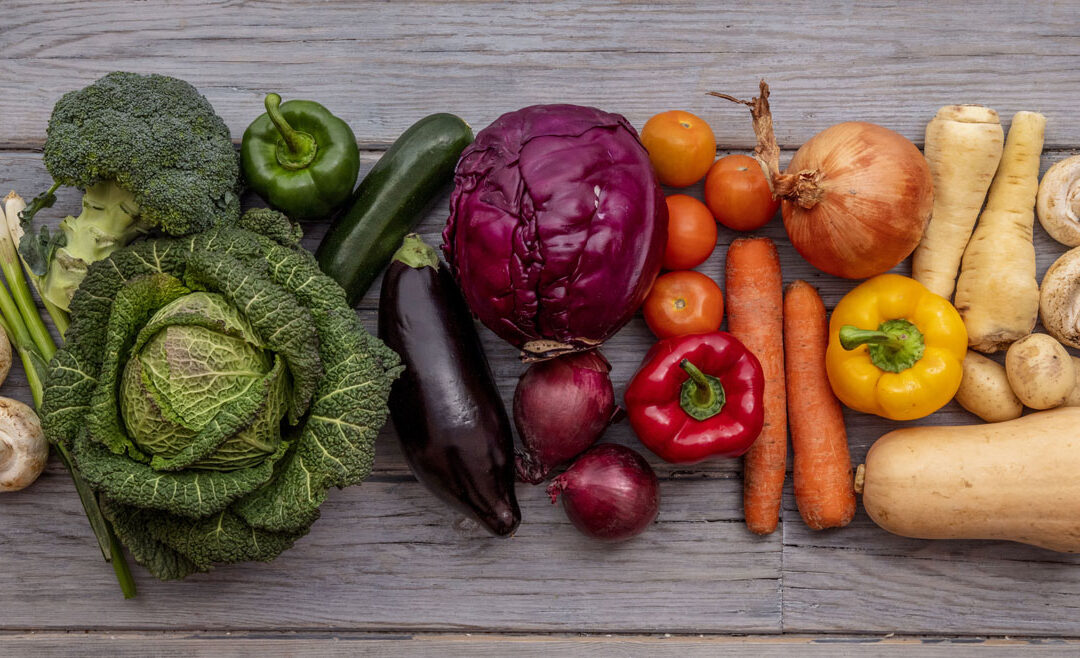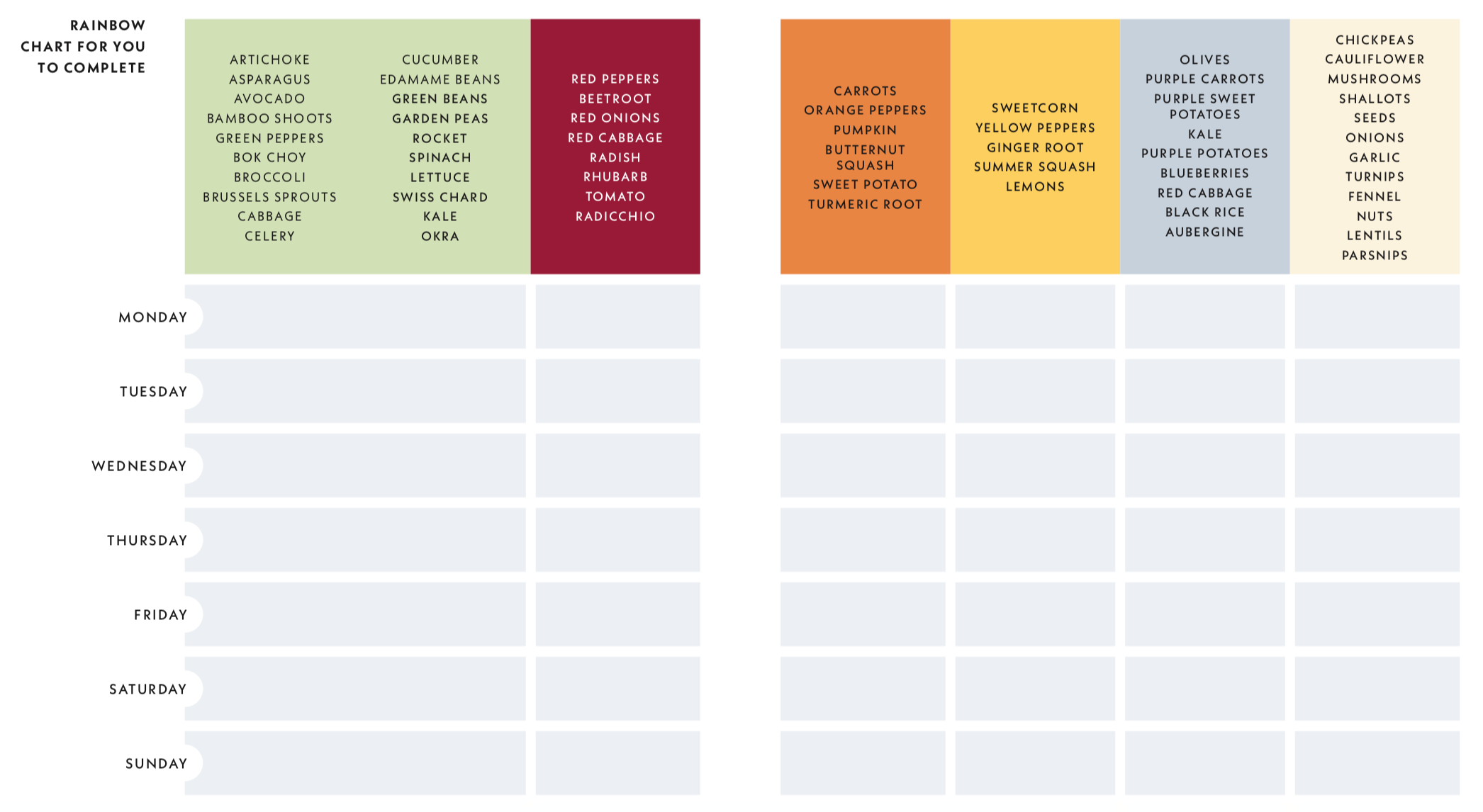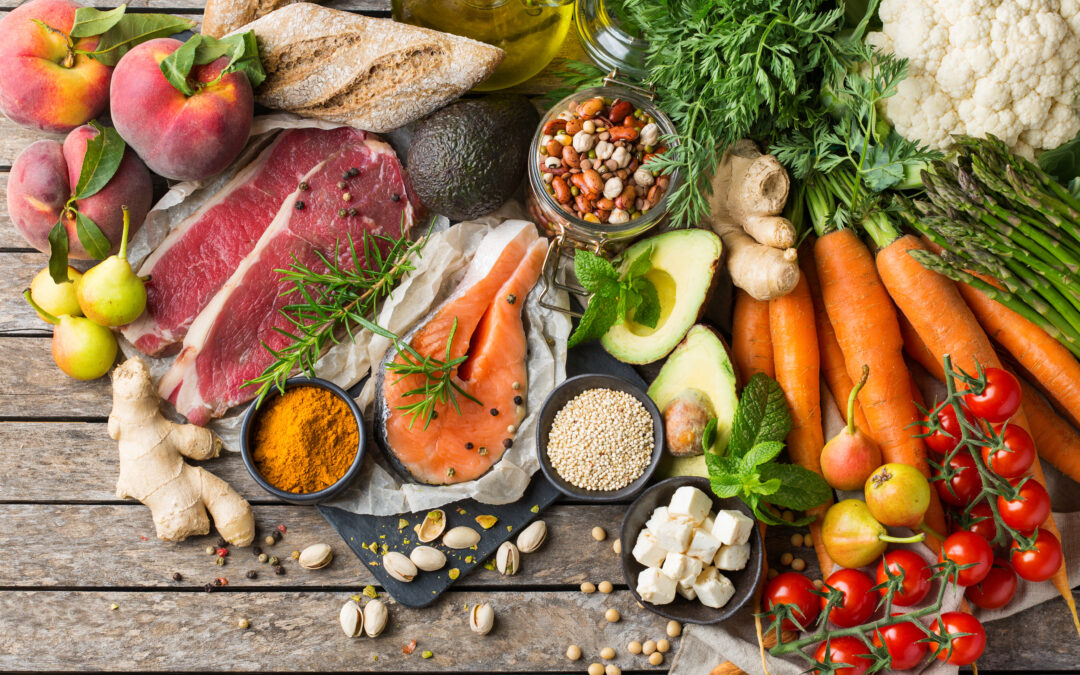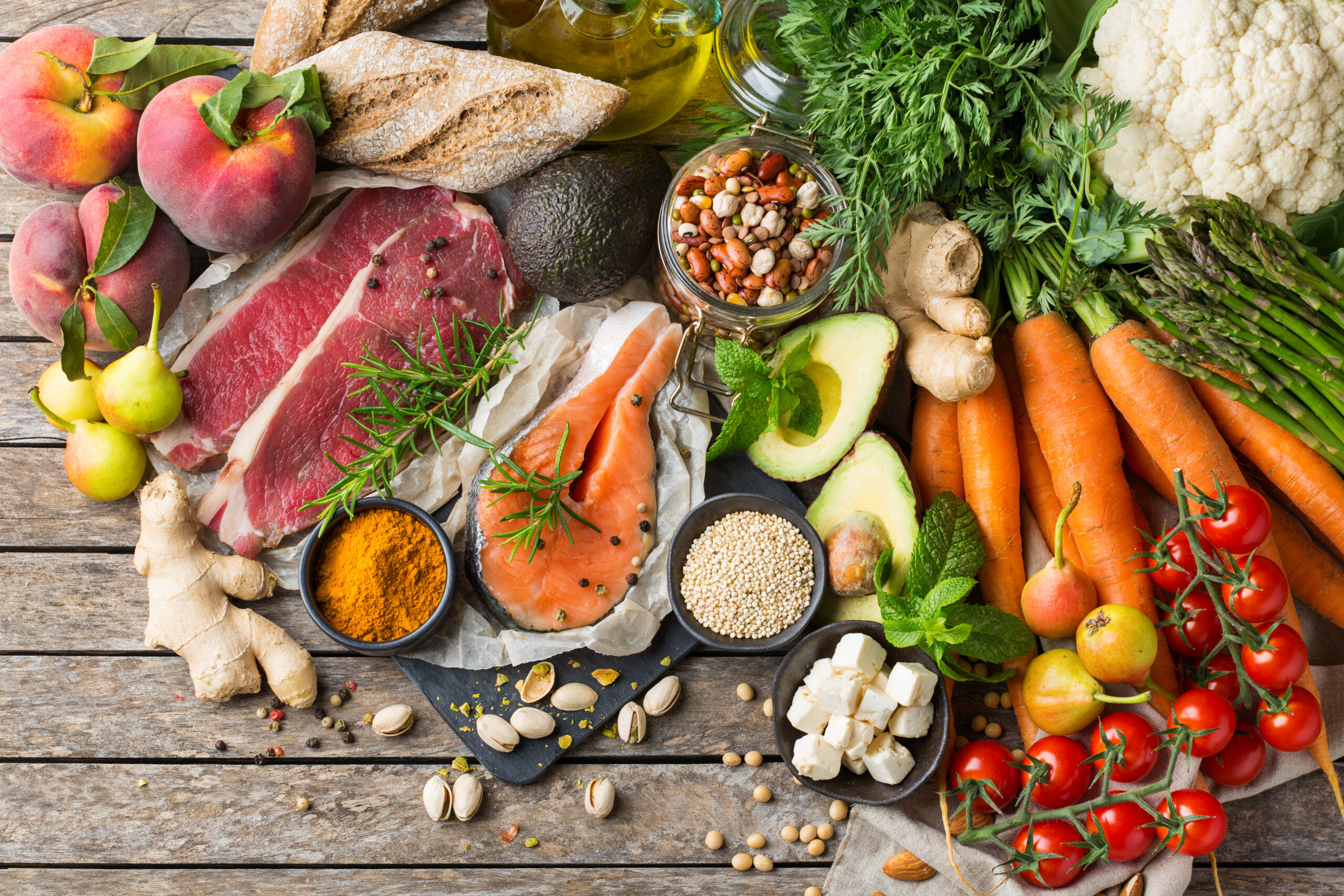
Healthy Is Spending Time in Nature

Research shows that spending a little time each day surrounded by nature has been proven to improve mental health and boost your immune system. Time to get outdoors!
WHY IT MATTERS
As cities have grown larger, our worlds have actually grown smaller. So small, in fact, that we can do most of our work on a device that fits in our pockets. The consequence of this is that we are spending less time outdoors while experiencing more muscle aches, headaches, and increased stress with the demands of being available at all hours of the day via those small devices.
New research shows that simply taking a walk in a park can reverse many of the effects of screen time and can give you other benefits, such as:
- Boosting the body’s natural immune system
- Boosting creativity
- Reducing anxiety and depression
- Reducing mental fatigue
- Reducing the impact of stress
- Mitigating the impact of dementia, including Alzheimer’s

This month it’s time to get reattached to nature and start implementing a dose of the “nature cure.”
Embrace nature.
This month try to spend increased amounts of time at a park, woodland, a beach, or on a nature trail. How much time? 15 to 20 minutes a day has been shown to improve health and well-being.
AT HOME
- Walk in the grass either at your house or in a park without your shoes on; this is a connectivity strategy and only takes 15 minutes a day
- Hike a trail for a total of 2 miles
- Walk around your neighborhood looking at all the trees, look for birds’ nests and animals; this will connect you to the local nature that you have
AT WORK
- Take a 10-minute break by putting on headphones and playing ocean sounds at your desk
- Take a 30-minute walk every day at lunch to a nearby park
- Keep live plants in your office that require your attention and care every day
Start small
Your goal is to increase your exposure to natural beauty of the surrounding area. If you live in a large city, then find an urban park. Take small steps at first and when you are ready for bigger adventures head further outside city limits.




